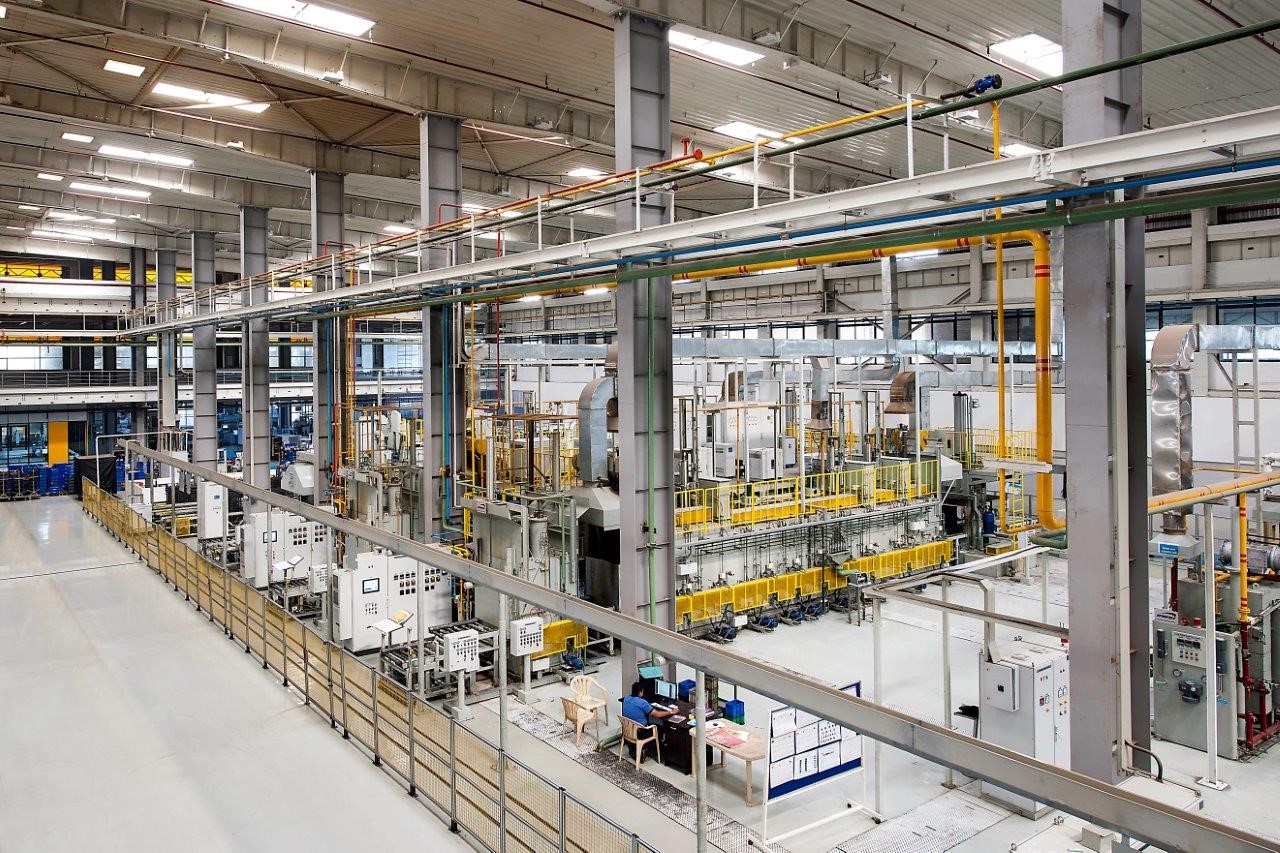One of the most interesting component to be manufactured is gears. Though few would give it a second look, it requires a certain kind of expertise to manufacture.
There are several aspects to gear manufacturing. Considering that gear manufacturing landscape is often changing, it is important to choose an efficient and accurate machining method. Sanjeev Vasdev, MD, Flash Electronics, says, “The core competence of cutting tool suppliers is their ability to design the cutting tools and give us the complete technical end product. On pour part, we only give them the parameters of the cutting tool. We don’t design the cutting tool, and the company designs and presents us the design and output. For us, tool life is important and the designing capability is important.”
Exploring and adapting new technologies is inherent in most companies today. There is a need to keep pace with the changing technological scenario of Industry 4.0 in the face of covid-19. Nishit Behera, executive director, business development & strategy, RSB Transmissions, says, “We have a subsidiary, I-Design Engg Solutions, who are into R&D for more than a decade. We continue to upgrade our technology with our partner, Eugen Klein (Germany) in terms of managing business through systematic approach (TQM), maintaining highest quality, optimal resource utilisation, total involvement of all resources including human, cultural change through continual improvement and PDCA approach in every operation/process for increased business performance.”
Nuts and bolts of business
It is the component and production processes not to forget the batch size that determines the choice of tool and gear manufacturing method. Kailash Zanzari, VP (manufacturing), Bajaj Auto, says, “Gear machining process will see a change in future with e-mobility and new transmission designs coming in. Gear manufacturers must stay flexible and productive. Since gear machining is done at the soft stage time, it is critical that they ensure close dimensional tolerance.”
Preparation for the hardening stage gives a straight-forward hard part turning operation, which is followed by hard machining of the gears. Mihir Teli, owner, Anand Gears, says, “When executing hard part turning, predictable machining and good surface finishing is important. In all this process, one should keep an eye on cost-effectiveness. In the future, most of the focus will move away from the common conventional gear machine tools and multitask machining of gear/spline components will become the norm. Also, power skiving, which is already present, will come into focus and it will replace shaping, broaching and spline rolling, along with hobbing to some extent.”
Basically, two different technologies are used in gear manufacturing. Nikhil Sinha, AVP, TAFE Motors & Tractors, says, “Technology changes are evident. Most gear manufacturing companies prefer the grinding route as well as hard shaving. But they are expensive. Like in tractors, there is only one company that uses ground gears, while others shaved.”
Quality of gears is critical. Aayush Patodia, MD, Preci Forge and Gears, says, “The gear quality class is determined by component requirements and depends on the gear wheel application area. Input is most important here. Good gear quality is determined by the use of high-quality tools, the surface it comes in contact with, stable clamping, and fewer wear and tear of tools. We have been using tools from LMT Tools and they have been highly effective.”
Agreeing with this, PD Kadam, MD, Pragati Transmission, says, “One cannot afford to be lax in performance of gears. If one were to think of five years down the line, the gear manufacturing industry will require investments. From what I know, most of the gear manufacturing companies use old and obsolete technology. What is required is high speed cutting. The concept of electric vehicle will also see changes in gears.”
What is changing
Most gear manufacturing companies believe that India lags in technology – not access to it, but the lack of knowledge and foresight to invest. Chandrakant Dange, president, ZF Steering Gear India, says, “Any process of gear manufacturing depends on the input of forgings. Gear cutting is a process that comes much after. The Indian Industry today doesn’t have a tight control on forgings. When we set up our gear plant, we first set up a state-of-the-art forgings shop and it is the reason we are able to produce no flash forgings and do precise machining of the forgings.”
Similar is the story with gear cutting and shaping. Amit Gupta, senior production head, Maruti Suzuki, believes that “one needs to maintain a close tolerance for consistency in gear cutting. Especially in gear honing, Input is always important to get the right output.”
Gear goes through a particular heat treatment process and one must have a consistent heat treatment process to avoid distortion because any gear will get distorted in heat treatment. So, it’s important to minimise distortion level, which will give a perfect gear in the end.
Behera says, “Our shop floors across 11 plants in India have latest state-of-the-art machines and facilities, robotic engineering and components produced to micron precision with digital intervention and zero defects. Our manufacturing plants are armed with robotic welding, submerged arc welding, and shot blasting to ensure cost-effective, highest quality and durability of our products.
RSB Transmissions has an extensive range of fully finished gears, with more than 100 varieties, and cater to CVs, passenger cars, tractors, pumps, OEMs, etc. The gear plants have organised amenities complying to DIN Class 6/7, advanced CNC gear cutting machines for hobbing, shaving, shaping and sealed quench furnace for carborizing and cabo nitriding.
